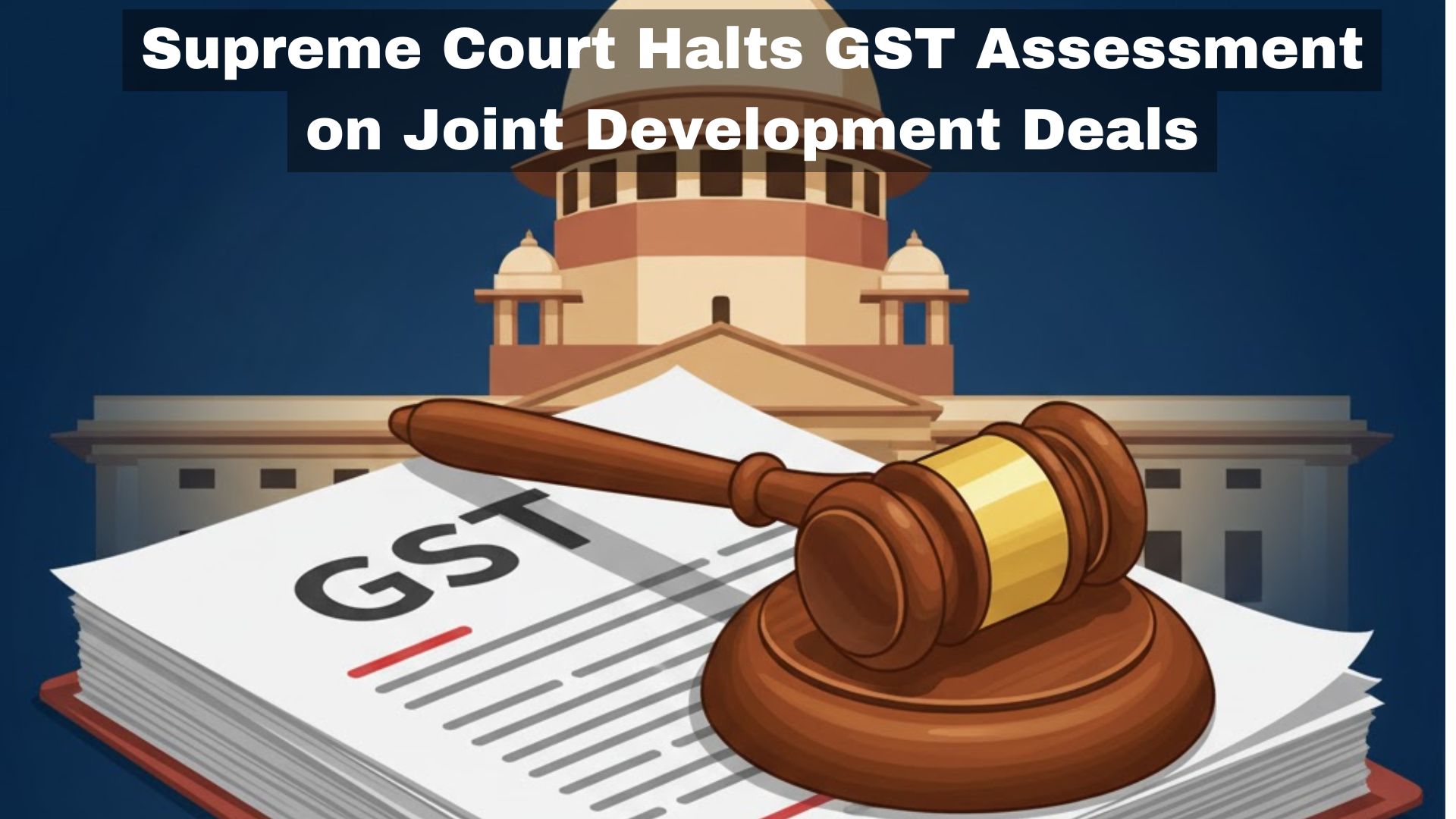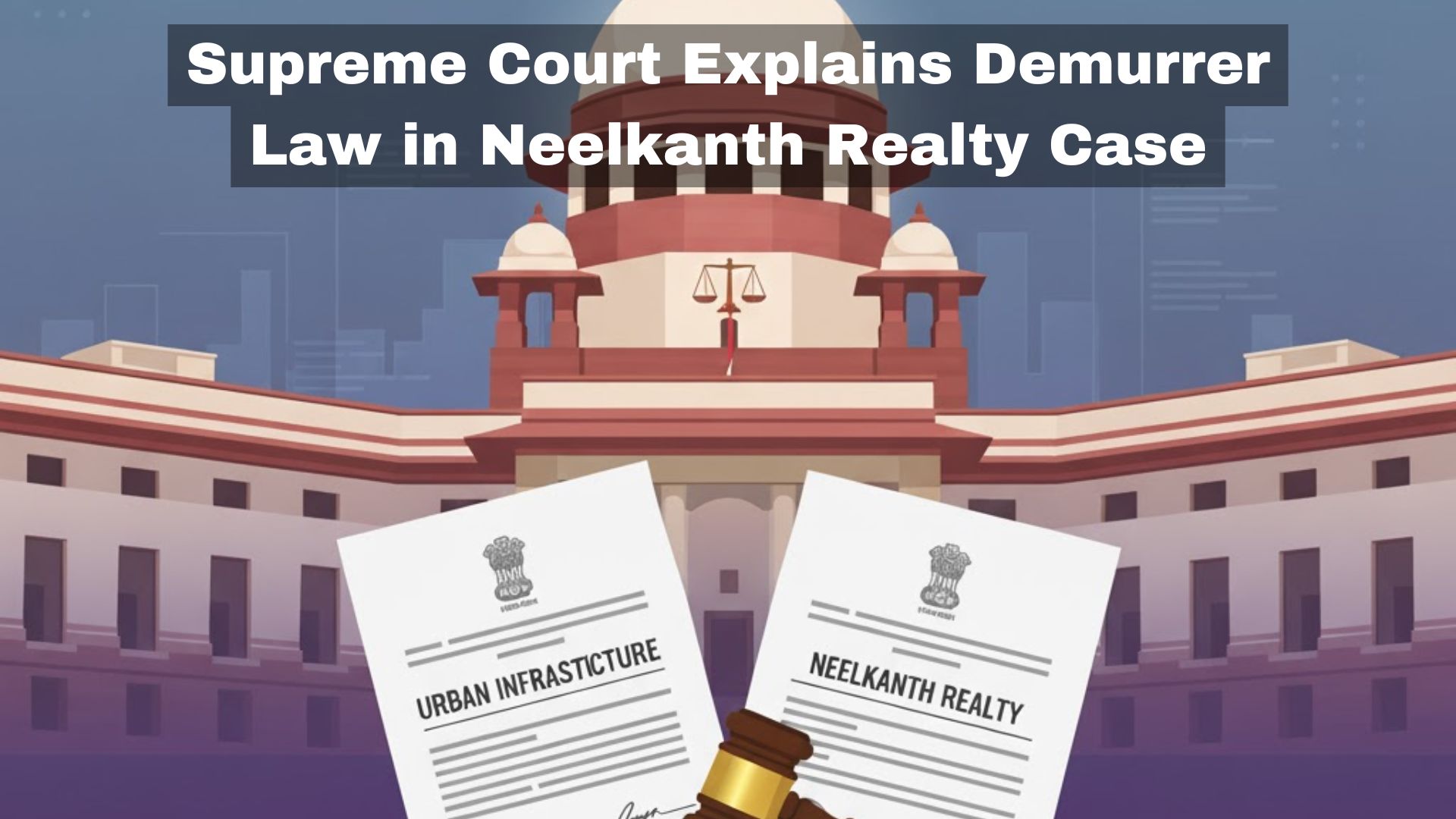Pinaki Chandra Ghose, J.@mdashLeave granted.
2. This appeal, by special leave, arises from the judgment and order dated 09.09.2010 passed by the High Court of Uttarakhand at Nainital in
Special Appeal No. 92 of 2010, whereby the Division Bench of the High Court while allowing the appeal filed by the Respondent set aside the
order dated 11.5.2010 passed by the learned Single Judge in Writ Petition No. 671 of 2010 and quashed that part of the demand order dated
30.4.2010 passed by the District Magistrate, Haridwar, whereby a license fee of Rs. 11,88,500/- was demanded from the Respondent.
3. The brief matrix of facts is that the Respondent is a Cable Television Network Operator in Haridwar as defined Under Section 2(aa) of the
Cable Television Networks (Regulation) Act, 1995. He obtained necessary Licence to run the Cable Network. As a Cable Operator, he down-
links the signals from Satellite and retransmits the same through his Cable Network System to different broadcasters. He is entitled to transmit and
retransmit broadcasts and is bound by the liabilities and obligations pertaining to and including the Cinematography Act. The Respondent started
two private channels with effect from April 1, 2009 and thereby he started transmitting live programmes of Haridwar and other programmes of
interest, including Hindi songs and movies, with the assistance of a video recorder. On being informed that a separate license was required to run
these channels, he approached the District Magistrate, Haridwar for obtaining the necessary license. The District Magistrate rejected his
application in view of the restrictions imposed under Rules 11(1) and 11(2) of the Uttarakhand Video Rules, 1988.
4. The Respondent challenged the aforesaid rejection by filing a writ petition in the High Court of Uttarakhand at Nainital. The said writ petition
was disposed of on 13.4.2010 in terms of an earlier order passed by the Division Bench of the High Court in Writ Petition No. 375 of 2006 and
he was directed to apply for license and deposit license fee and other taxes under the Uttar Pradesh Cinemas (Regulation) Act, 1955 which
applies to the State of Uttarakhand. The Respondent filed an application for the purpose and the District Magistrate, after considering the
application, directed the Respondent to pay a sum of Rs. 11,88,500/- as license fee under Sub-rule (2) of Rule 17 of the U.P. Cinemas
(Regulation of Exhibition by means of Video) Rules, 1988 made in exercise of power Under Section 13 of the Uttar Pradesh Cinemas (Regulation)
Act, 1955. Sub-rule 1(2) thereof gives the scope of the Rules. From a plain reading of the text, the applicability of the said rules has been confined
to video libraries and exhibition by means of video. The term ""Exhibition by means of Video"" has not been defined under the rules, but it has been
defined Under Section 2(aa) of the ''Uttar Pradesh Cinemas. (Regulation) Act, 1955, which reads as under:
Exhibition by means of Video"" means exhibition in public, on payment for admission, of moving pictures or series of pictures by playing or
replaying a prerecorded cassette by means of video cassette player whether on screen of a television set or videoscope or otherwise.
5. The State of Uttarakhand had adopted the said Act and Rules framed in exercise of powers Under Section 13 of the Act, namely the U.P.
Cinema (Regulation of Exhibition by means of Video) Rules 1988 had also been adopted. The District Magistrate ordered that in view of Section
2(aa) quoted above, the process of running video channel private channel is within the definition of Section 2(aa) and mandatory license is required
for that Under Section 3(b) of the said Act. The operators covered Under Section 2(aa) of the U.P. Cinema (Regulation of Exhibition by means of
video) Rules, 1988, are liable to pay fee Under Sections 17(1) and 17(2). Section 17(2) of the said Rules reads as under:
In case there is any such arrangement where exhibition is given by means of video on a number of different television screens, video screens or
video scopes, an additional license fee of Rs. 100 per year or part thereof, shall be levied for each such screen, fed by the said apparatus, by
whatsoever name it may be called.
6. The Respondent complied with the payment of license fee Under Section 17(1) of the U.P. Cinema Rules, 1988 by paying Rs. 2,400/- but
denied the applicability of the 1988 Rules and Rule 17(2) thereof and consequently denied payment of license fee of Rs. 11,88,500/-.
7. The learned Judge in the High Court observed that a license is required for displaying on the screen materials through the means of video at
specified place. Therefore if at a specified place such displaying is done on more than one screen, then in terms of Rule 17(2), additional fee of Rs.
100/- is leviable for such screen. Videography is generated for being displayed at the premises of the Respondent but is displayed in screens
outside the premises of the Respondent. In view of this, the said Rules do not encompass a situation in the present case and the rule imposes a
liability to pay a license fee. Construing the Rules strictly, the Respondent cannot be fastened with a liability. Consequently, the Learned Judges of
the High Court quashed that part of the order of the learned District Magistrate dated 30th April 2010 whereby a license fee of Rs. 11,88,500
was demanded from the Respondent under Rule 17(2).
8. It is claimed by the Appellants that subsequently, the Respondent without obtaining any license Under Section 3(b) of the U.P. Cinemas
(Regulation) Act, 1955, started two private channels and began transmitting live programmes. He was informed that the process of running video
channel is within the definition of video movie picture and it is mandatory to obtain separate permission/license for it. The application for license
was rejected on 18.2.2010 as it was against Rules 11(1) and 11(2) of the U.P. Rules 1988.
9. In W.P. (C) No. 226 of 2010, the Respondent never disputed the applicability of the Rules. The U.P. Cinema (Regulation) Act, 1955 was
enacted to regulate exhibition by means of video and cinematograph. The State of Uttarakhand has adopted the Act Under Section 86 of U.P.
State Reorganization Act. The State of U.P. in exercise of power Under Section 13 of the 1955 Act, framed U.P. Cinema (Regulation of
Exhibition by means of Video) Rules, 1988 which have also been adopted by the State of Uttarakhand. The Respondent is a cable operator
registered under the Cable Television Networks (Regulation) Act, 1995 and under the Cinematograph Act, 1952. Under these Acts, he renders
cable services by down-loading signals from the Satellite for distribution to multiple subscribers. For showing any other programme on separate
video channel, he will be covered Under Section 2(aa) of the U.P. Cinema Regulation Act, 1955 and is required to obtain a separate license.
10. In pursuance of Section 21 of the Cable Television Network Act, 1995, the provisions of the Cinematograph Act, including the programme
code, are fully applicable to the Cable operator. The Respondent got himself registered Under Section 3 by depositing Rs. 500/- as registration
fee. The Respondent wants to run two private channels subscribing to 11,885 TV screens. In view of the above, Respondent is covered Under
Section 2(aa) of the U.P. Cinema Rules, 1988 and is liable to pay fee under Rule 17.
11. Thus, by conduct the Respondent accepted the Rules, as he submitted an undertaking before the Court to comply with the Rules. He also
deposited a license fee of Rs. 2400/- per year as imposed under Rule 17(1). The Respondent cannot choose and be selective as to which Rules
will be applicable to him. The Respondent has also given an undertaking to comply with Rules 17(1) and 17(2). This Court in M/s. Laxmi Video
Theaters and Others Vs. State of Haryana and Others, , while considering the expression ""Cinematograph"" under the Cinematograph Act, 1952
and its applicability on VCR and VCP which was developed in 1970, held that a definition must be given a meaning which takes into account the
subsequent scientific developments in the field.
12. The claim of the Respondent is that the business carried out by him does not come within the purview of Section 2(aa) of the U.P. Rules 1988,
and thus the liability of fee imposed under Rule 17(2) is bad in law. From a plain reading of Section 2(aa), it is clear that it would not apply to the
Respondent who is a cable operator telecasting video channels ""to the public"" and not ""in public"". It is an established principle of statutory
interpretation that plain meaning is to be given to words contained in a statute.
13. The Notification No. 145/XXVII (5) Entertainment Tax/2005 dated 17.8.2005 doesn''t apply to the Respondent as it seeks to tax ""Exhibition
by means of Video"". The Respondent''s activities are not covered by the aforementioned expression. For the definition of the said expression the
U.P. Cinemas Regulation Act, 1955 has to be referred even though the notification has been issued under U.P. (Entertainment and Betting) Tax
Act, 1979. The expression can be said to be in pari materia and definition of a term under one Act, can be used to interpret provisions of rules
under the other Act.
14. The provisions of the U.P. (Cinemas) Regulation Act, 1955 do not apply to the Respondent and for the reason the expression ""Exhibition by
means of Video"" within the meaning of 2(aa) of the said Regulation is not applicable to the Respondent. Thus, Rule 17 is also not applicable to the
Respondent.
15. As long as there is no statutory sanction for imposition of a tax, no liability of paying a fee can be imposed relying on the alleged ""consent"" or
acquiescence to the same imposition in part. The statutory sanction cannot be found under the Uttar Pradesh Entertainment and Betting Tax Act,
1979 or any rules made thereunder.
16. From a plain reading of the relevant provisions it is clear that the same are not applicable to the Respondent and hence the demand as well as
the Recovery Certificate dated 6.8.2011 issued under Rule 17(2) of the Rules are bad in law. We, therefore, find no infirmity in the impugned
judgment passed by the High Court. This appeal is accordingly dismissed. However, there shall be no order as to costs.
17. I.A. No. 5 of 2013 application for intervention is allowed.

